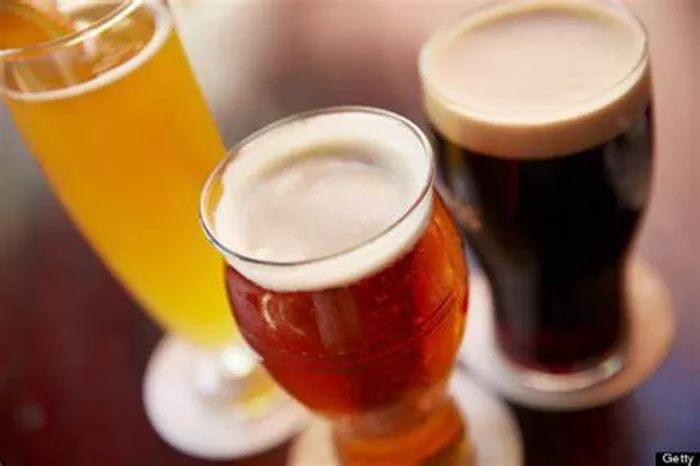Draft beer sales have been in steady decline for over a decade, prompting major beer companies to respond with a mix of lobbying efforts and competitive struggles over tap handles. Industry leaders are backing legislation such as the CHEERS Act, which aims to provide tax incentives for draft beer systems through the federal tax code’s Section 179D deduction. Despite these efforts, draft beer has yet to regain its former popularity.
The industry’s current approach, largely focused on policy and internal competition, has not reversed the downward trend. Meanwhile, cultural shifts and changing consumer preferences—particularly among younger drinkers—are further challenging draft beer’s market position. Some experts argue that the brewing industry needs to leverage its marketing power to reposition draft beer as a desirable and aspirational choice.
One proposal gaining traction is for the beer industry to launch a campaign akin to the iconic “Got Milk?” advertising effort from the dairy sector. That campaign, which ran from 1993 for nearly two decades, successfully transformed milk from a mundane commodity into a cultural symbol, despite not significantly boosting sales. The suggestion is that a similar national campaign for draft beer could emphasize the unique qualities of a well-poured pint—its visual appeal, freshness, and social experience—to revive consumer interest and drive sales growth.
Unlike milk, beer already enjoys a strong cultural foothold and is widely seen as an aspirational beverage, which could translate to greater commercial success for such a campaign. However, industry insiders caution against directly copying the “Got Milk?” formula, noting that the media landscape, advertising restrictions on alcohol, and consumer attitudes have evolved considerably since that campaign’s inception. Instead, the brewing industry must develop a fresh, strategic approach that highlights draft beer’s distinctive appeal and premium status.
Collaboration across the industry, from major brewers to craft producers, wholesalers, and bar owners, is critical to mounting an effective, category-wide campaign. This collective effort faces challenges, including competition between large companies and the absence of a unified funding mechanism similar to the dairy checkoff programs that supported “Got Milk?” Coordination and shared investment are essential to reverse draft beer’s decline and protect its place in the on-premise market, which remains crucial to beer’s cultural relevance.
Meanwhile, external factors such as the COVID-19 pandemic and broader social issues also impact beer consumption patterns. The industry has expressed concern about the negative effects of recent immigration enforcement policies on key demographics, including Hispanic consumers, who represent a significant portion of the market. However, industry leaders have struggled to publicly address these issues in a way that supports their business interests and broader social responsibility.
The future of draft beer depends not only on legislative support but also on innovative marketing and industry cooperation. Without a concerted effort to reestablish draft beer as a premium, sought-after product, the category risks fading from American bars and social life, replaced by alternative beverages and new drinking habits. The brewing industry faces a pivotal moment to act—before draft beer becomes a relic rather than a thriving segment of the beverage market.
You Might Be Interested In:


